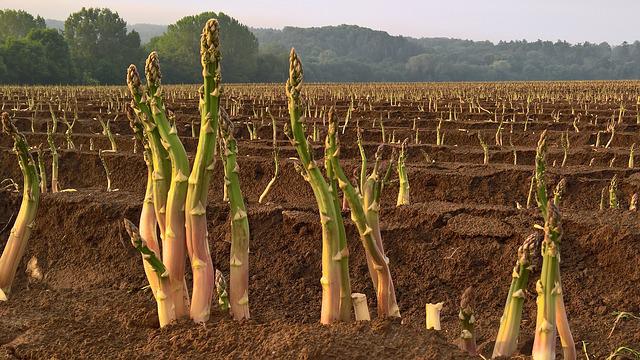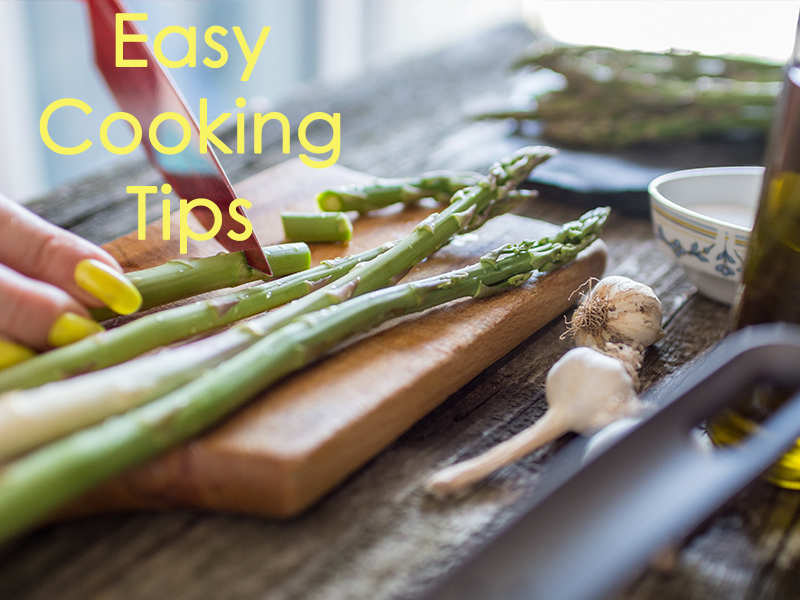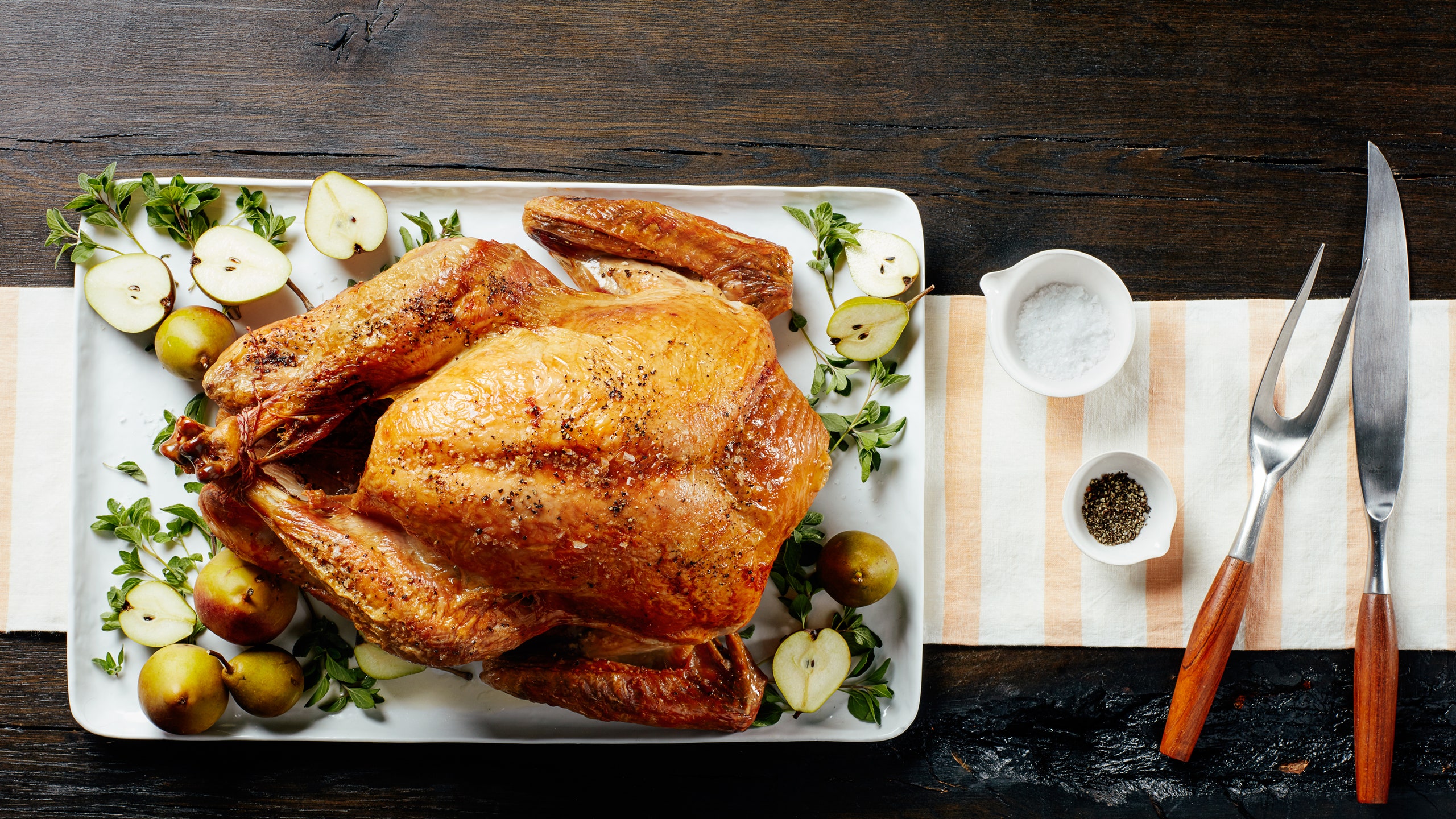
To create great dishes, it is important to know the science behind how cooking tastes. Learn all about the five flavor combinations that your body recognizes and use them to make delicious dishes. You will find that some dishes have all five of these flavors while others may only use one or two. For the best results, be sure to constantly taste your food and adjust any flavors you may have before cooking. A key skill is to correctly season your food. In this article, we'll look at some of the ingredients and techniques that can enhance flavor and umami.
Science behind food taste
It's not unusual to wonder why certain foods taste better. Scientists are working to understand how the brain works, and they are active in trying to find more receptors that are capable of detecting food flavors. The flavor of other foods is not only dependent on protein but also includes proteins from other foods. A complex combination of many chemical properties creates the flavor of foods. The first step is to smell and taste the food. Next, enzymes in your saliva process the food. The next step is to move the food on the tongue's lips. These tiny bumps contain 50 to 100 taste cell. Each taste receptor is a chemical receptor that converts taste into taste. This is known as "flavor perception".
Ingredients that enhance flavor
Good cooks understand how to add flavour to their dishes. They keep a variety of condiments, produce staples, and spice mixtures in their pantry. These can make cooking easier, give you more flavor, and save time. These ingredients are key to great meals. Here are some of mine:

Techniques to enhance flavour
The best dishes emphasize the layers of flavour in the ingredients. This can be achieved by using different techniques such as adding flavours before the food cooks and then adding them to final products. Each step in the process adds depth to a dish. You can't miss any step. The technique of adding salt to an ingredient before it cooks can help increase its natural sweetness and counterbalance it.
Ingredients that enhance umami
Umami is not an exclusive characteristic of Chinese food. Umami is a flavor that can be found in almost all foods. However, it's not a characteristic of Asian food. The amino acid glutamate gives the flavor. Monosodium glutamate may have a bad rep, but it is safe for use in cooking. Monosodium glutamamate is an amin acid that naturally occurs within foods. The U.S. Food and Drug Administration (FDA), considers it safe.
Ingredients that enhance bitterness
When cooking, bitter ingredients can compliment each other. For example, milk chocolate lacks the bitterness that bitter chocolate has, so bitter chocolate is more popular than milk chocolate. Salt can be used to reduce bitterness in desserts. If you're using bitter ingredients in a dish, you may want to experiment with adding salt as an ingredient. These are some ways to balance bitterness:

FAQ
How Can I Get Hired As a Cook?
Word of mouth can help you get a job as an experienced cook. People in your circle of friends might know about restaurants that need additional staff. A lot of restaurants also advertise their openings on bulletin boards or websites.
What skills is required to attend culinary school
You will need to know how to cook, understand food safety regulations, and be able work under pressure in order to become a chef. To learn how cook, enroll in cooking courses at your local high schools or community colleges. After mastering the basics, you'll be able to apply for a job at a catering or restaurant.
How do you choose the right career path to become a chef? What are the best ways to start your career as a chef.
As an apprentice, you can start your journey to becoming a chef. Apprenticeships are a way to earn a living while you learn. After your apprenticeship, you may apply for a role as a sous chef. Sous chefs are responsible for supervising cooks and helping them prepare salads or desserts. They also oversee the entire operation of the restaurant.
Where can I get free online cooking lessons
Many websites provide free cooking lessons. You can search YouTube for videos that teach you how to prepare different meals. Some sites offer thousands of recipe options. The sites typically charge a monthly fee but you can test them for free for a period of 30 days.
How can you get motivated to cook well?
Sharing meals with family and friends is the best part of cooking. It is easier to cook for yourself than for others. You can be inspired to cook if you try something new. This will allow you to discover new recipes and techniques. To expand your culinary skills, you can also make use of recipes from other cultures.
What is the cost of a culinary school?
Prices for Culinary School vary depending upon where you go, what program you select, and how long you stay there. The annual tuition average is between $10,000 and $30,000 Most students graduate with approximately $20,000 in debt. There are programs that offer work-study and scholarships.
How do you become a chef?
There are many ways to become a chef. A course at a local community college or vocational school is a good place to start. Then, look into attending culinary school. A paid internship is another option.
Statistics
- According to the BLS, chefs earn $58,740 a year. (learnhowtobecome.org)
- under 10 Kids have been taught that there is special food just for them, and Fiese says that 10 percent of kids will throw a tantrum if they don't get the food they want. (washingtonpost.com)
- In the United States, the category is estimated at $23.2 billion annually and is growing faster than the market. (washingtonpost.com)
External Links
How To
How to cook your steak
The type of meat you are cooking will determine the right method to use. Thicker steaks, for example, are better cooked at low heat while thicker steaks require higher temperatures.
They will lose their flavor if they are overcooked. You should always remove the steak from the skillet when it's done. This will prevent you from burning yourself.
Cooking times depend on the size of the steak and the desired degree of doneness. Here are some guidelines to help you get started:
Medium Rare: Cook to medium rare. This means that the internal temperature should reach 145degF (63degC). This will take between 3 to 5 minutes per side.
Medium: Cook until medium. This means that the internal temp has reached 160 degrees F (71 degrees Celsius). This usually takes about 6 minutes per side.
When done well, cook until the internal temperatures reach 180°F (82°C). This usually requires 8 to 12 minutes per side.